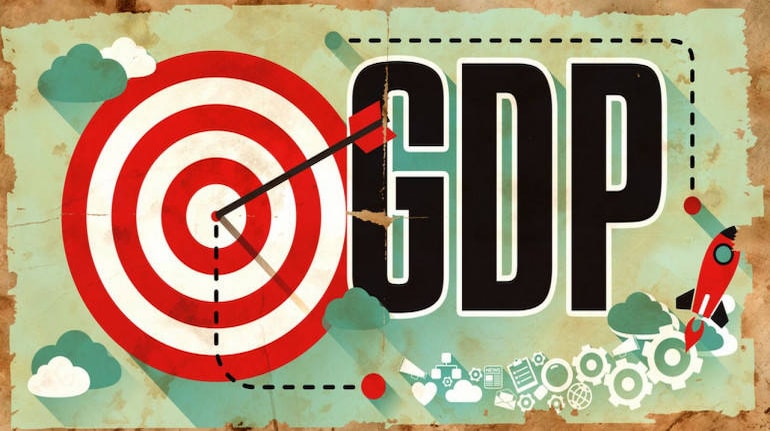



India’s economy returned to growth in its fiscal third quarter after a recession earlier in 2020 and the recovery is expected to gather pace as consumer demand and investments shake off the effects of the pandemic, economists said.
Gross domestic product grew 0.4% in October-December compared with the same period a year earlier, data released by the National Statistics Office on Friday showed. That compared with revised contractions of 7.3% in July-September and 24.4% in April-June.
Analysts in a Reuters poll had forecast 0.5% growth in the third quarter of the fiscal year that ends on March 31.
Economy returns to growth in Q3 after two quarters of contraction
India also revised annual GDP estimates for the fiscal year, predicting an 8.0% contraction, deeper than an earlier estimate of -7.7%.
Economists have raised their forecasts for the current fiscal year and 2021-22, expecting a pick-up in government spending, consumer demand and a resumption of most economic activities curtailed by the COVID-19 pandemic.
“We expect the economy to reach pre-pandemic output levels by the end of calendar year 2021,” said Sakshi Gupta, senior economist at HDFC Bank, adding that the economy could grow 1.5% in the March quarter.
Sectors such as retail, airlines, hotels and hospitality are still reeling from the impact of the coronavirus pandemic.
Annual growth of 3.9% in the farm sector and 1.6% in manufacturing during the three months to December raised hopes of an early recovery as the government rolls out plans to distribute COVID-19 vaccines to India’s 1.4 billion people.
Prime Minister Narendra Modi’s government earlier this month launched plans to fund a huge vaccination drive, while outlining a slew of tax incentives to boost manufacturing.
The Reserve Bank of India (RBI), which has slashed its repo rate by a total of 115 basis points since March 2020 to cushion the economic shock of the pandemic, has projected growth of 10.5% in the fiscal year that starts in April.
The central bank left the repo rate unchanged at 4% earlier this month, saying the growth outlook had improved and inflation was expected to remain within the RBI’s targeted range over the next few quarters.
Some analysts warn however that a recent rise in crude oil prices and a surge of COVID-19 cases in parts of the country may pose risks to the nascent recovery.
Discover the latest Business News, Sensex, and Nifty updates. Obtain Personal Finance insights, tax queries, and expert opinions on Moneycontrol or download the Moneycontrol App to stay updated!
Find the best of Al News in one place, specially curated for you every weekend.
Stay on top of the latest tech trends and biggest startup news.